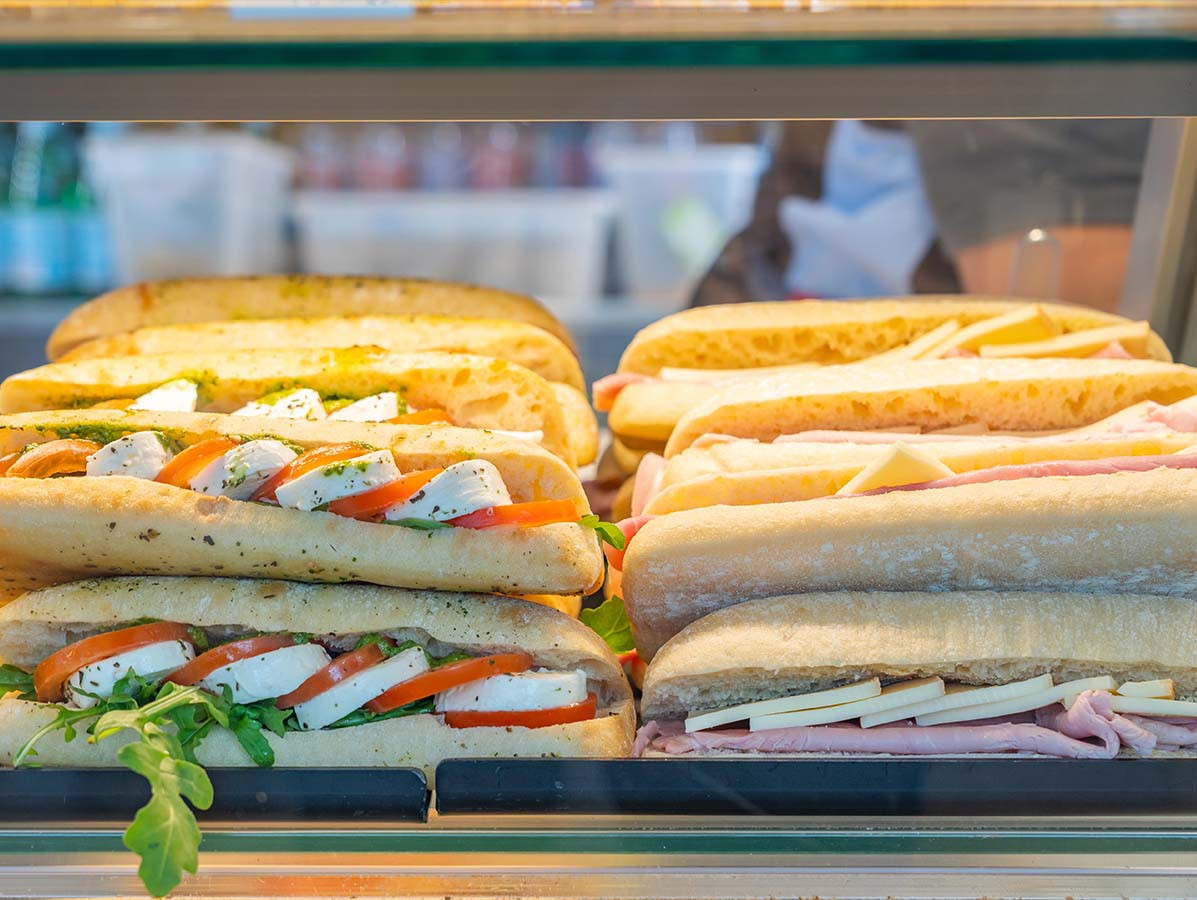
Getting your groceries straight from a nearby farm, who wouldn’t want that? Less transport, fairer prices for farmers, shorter supply chains. Governments have been trying to promote it for years. Still, making local food work at scale turns out to be a real challenge. The Amsterdam University of Applied Sciences looked into why. Researcher Melika Levelt shares five key takeaways that explain where things go wrong.
Provinces and municipalities are putting serious effort into this. Think of initiatives like the Green Deal Catering or the City Deal on healthy food environments. They aim to get more regional products on the menu in government, school, and institutional canteens. Good for the economy and the environment, they argue.
But caterers? They have different priorities: price, quality, and convenience. Ideally, they get everything from one central wholesaler. As a result, both sides interpret the concept of a ‘short supply chain’ very differently, says Levelt. And that mismatch causes friction.
Even the word ‘local’ means something different to each party. For caterers, cheese from Friesland might already count as local. Governments, on the other hand, mean food from their own region—preferably direct from farmers, and with more control over the collaboration. That’s where things already start to clash.
Local farmers often deliver in small quantities. That means more separate deliveries and higher costs per drop-off. “If each farmer brings a few eggs, strawberries or tomatoes, it leads to more trips and high logistics costs per shipment,” Levelt explains.
Wholesalers, by contrast, operate on bulk. Everything is tightly scheduled, automated, and scalable. There’s little room for custom orders from thirty different suppliers. Sometimes, caterers try to meet customer demand anyway, but it comes at a cost. And governments usually aren’t willing to foot the bill.
The solution? Small farmers could plug into existing distribution networks or hubs. But the same rule applies: the bigger the volume, the lower the cost. Which again runs counter to the whole idea of staying local.
And then there are the kitchens themselves. They want convenience. Lettuce needs to be pre-washed, cheese pre-sliced, potatoes peeled. Time and space are in short supply in the average institutional kitchen.
Larger processors can handle all that, efficiently and at a low cost. But local producers often don’t have the resources to offer processed goods. “Many small-scale food producers lack the capital and capacity to do this themselves,” says Levelt. So in practice, it remains a struggle.
Switching completely to local food? In reality, nobody’s asking for that. Not the farmer, not the caterer, not the end customer. “The future will likely be hybrid,” says Levelt. So: partly local, partly from wholesalers.
Most farmers produce more than they can sell locally anyway. And in the kitchen, it’s just too complex to arrange separate sourcing for every single product. Reliability and service still matter. And for that, the wholesaler, whether you like it or not, is here to stay for now.
So what can governments do? Take a step back, says Levelt. Rethink the goal: what are we really trying to achieve with local food? Maybe it’s not about percentages, but about relationships, landscapes, and sustainable farming practices.
And maybe one genuinely local product, backed by care and collaboration, is ultimately more valuable than a menu filled with half-hearted compromises.
Source: Hogeschool van Amsterdam